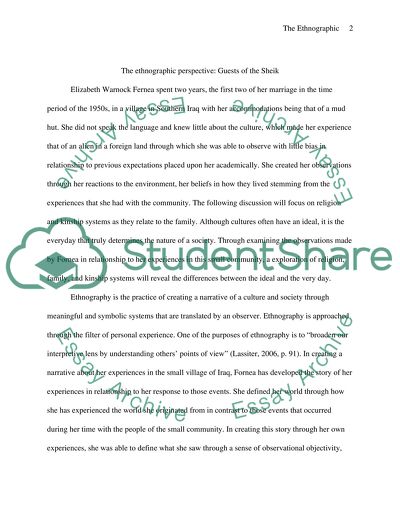Cite this document
(“The Ethnographic Perspective: Guests of the Sheik Assignment”, n.d.)
The Ethnographic Perspective: Guests of the Sheik Assignment. Retrieved from https://studentshare.org/anthropology/1452258-the-ethnographic-perspectiveyuguests-of-the-sheik
The Ethnographic Perspective: Guests of the Sheik Assignment. Retrieved from https://studentshare.org/anthropology/1452258-the-ethnographic-perspectiveyuguests-of-the-sheik
(The Ethnographic Perspective: Guests of the Sheik Assignment)
The Ethnographic Perspective: Guests of the Sheik Assignment. https://studentshare.org/anthropology/1452258-the-ethnographic-perspectiveyuguests-of-the-sheik.
The Ethnographic Perspective: Guests of the Sheik Assignment. https://studentshare.org/anthropology/1452258-the-ethnographic-perspectiveyuguests-of-the-sheik.
“The Ethnographic Perspective: Guests of the Sheik Assignment”, n.d. https://studentshare.org/anthropology/1452258-the-ethnographic-perspectiveyuguests-of-the-sheik.


